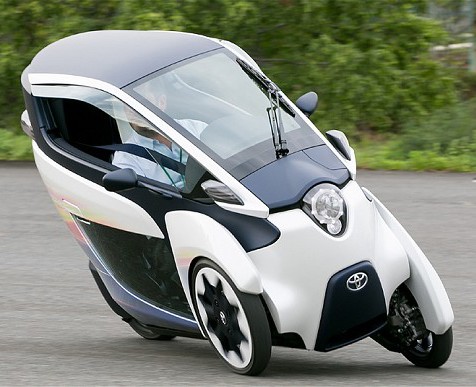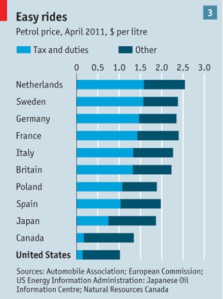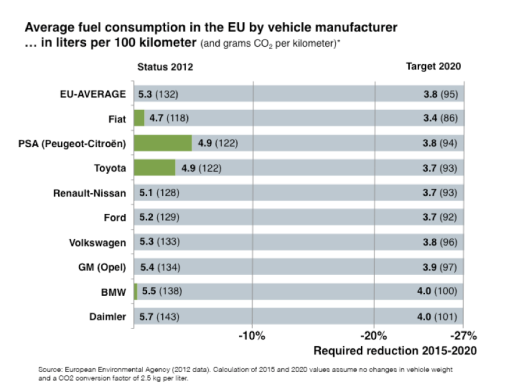Sustainability leadership is not fundamentally different from ‘good’ leadership. In the personal sustainable mobility sphere, Carlos Goshn, the CEO of the Renault-Nissan Alliance is a good example. I met Carlos during a Foundation Board meeting while at the World Economic Forum. Following a roundtable discussion on the China and the World Scenarios to 2025, he asked me whether scenarios could be used to drive business strategy and whether I would be interested in helping to facilitate that process. His reputation was one of being a diminutive megalomaniac and a hatchet man, not the characteristics one would find in a good leader. I discovered a very different leader.
In this post, I provide five leadership characteristics, which good leaders tend to embrace[1]. In my view, Mr Goshn has them all. Here is why:
- Are able to find a common purpose
The role of leadership in a flatter, less hierarchical, more interdependent world is to find a common purpose. It is easy to formulate and share a vision among people who share the same culture, identity, skills and have a similar background, and in a business that is insulated from the external environment. Good leaders are therefore able to find a common purpose which is specific to provide direction, and which is vague enough to allow initiative. Upon arrival at Renault he created a culture of performance, excellence and sustainability at Renault and later at Nissan.
- Are able to manage across borders and across boundaries
Good leaders are able to manage across borders (people in different countries have different values, cultures and practices and this requires a level of international understanding) and to manage across boundaries (influence situations in organizations where leaders are not in control). As a French-Lebanese-Brazilian businessman, he has worked successfully across different cultures. Geert Hostede’s cultural compass[2] shows that cultures and behaviours are quite different between Brazil, France and Japan. Japan stands out because of its long-term orientation and high degree of masculinity.
- Are more nimble
Good leaders have to be more nimble because they tend to have much less control in the present than they had in the past. This for three reasons: 1) the challenges they face are complex and changing, 2) constituents are rarely willing to just execute, and 3) technology allows information to spread across the world instantaneously. Ghosn believes in the use of cross-functional teams. To turn Nissan around, he mobilised 9 cross-functional teams, of 10 people each. He also delayered the organisation to make them more agile and allow ideas to emerge from the entire organisation, not just from top management.
- Are able to deal with uncertainty
Good leadership is about dealing with uncertainty. Two characteristics stand out here: 1) having the courage to inspire courage in others to deal with uncertainty, not fearfully but hopefully, and 2) imagining new ways to use resources and turn them into the capacity to effectively compete. Ghosn is a captain of industry. He has a vision of where the industry is going, yet is flexible to fine-tune the execution of the company’s strategy based on new information becoming available. Without his ability to deal with uncertainty Renault’s entry in electric vehicles would simply not have happened.
- Are able to build connections between various stakeholders
Good leaders have the ability to build connections between various stakeholders (business, governments, NGOs, etc.) to commonly address the challenges faced. As a result, good leaders are able to engage with people in a way that is reciprocal. Ghosn is an excellent communicator, understands the automotive industry, and is very accessible to a diverse group of stakeholders. His ability to listen and address a question or comment and to engage a diverse group of stakeholders is remarkable.
In 2008, he received the transcultural leadership award from INSEAD because of his ability to manage across cultures and for turning around Nissan, the Japanese car company[3].
In summary
He wouldn’t refer to himself as sustainability leader, but is probably the automotive industry’s most prolific sustainability leader. He turned Nissan around from a profit perspective. He launched a full line of electric cars at Renault and the Nissan Leaf at Nissan. The company is a partner of the Allen MacArthur Foundation and was one of the early adopters of circular economy concepts. At its Choosy-le-Roi factory, Renault remanufactures and reconditions various automobile parts, including injection pumps, gearboxes, injectors, and turbo compressors, and has turned this into a profitable venture. In 2008, INSEAD awarded him the transcultural leadership award. Good leaders don’t just focus on shareholder value or the short term, but are able to manage across borders, consider the long term, and take into account the triple bottom line. I guess that’s what makes them sustainability leaders.
[1] https://hbr.org/2010/09/the-role-of-tomorrows-leaders.html


